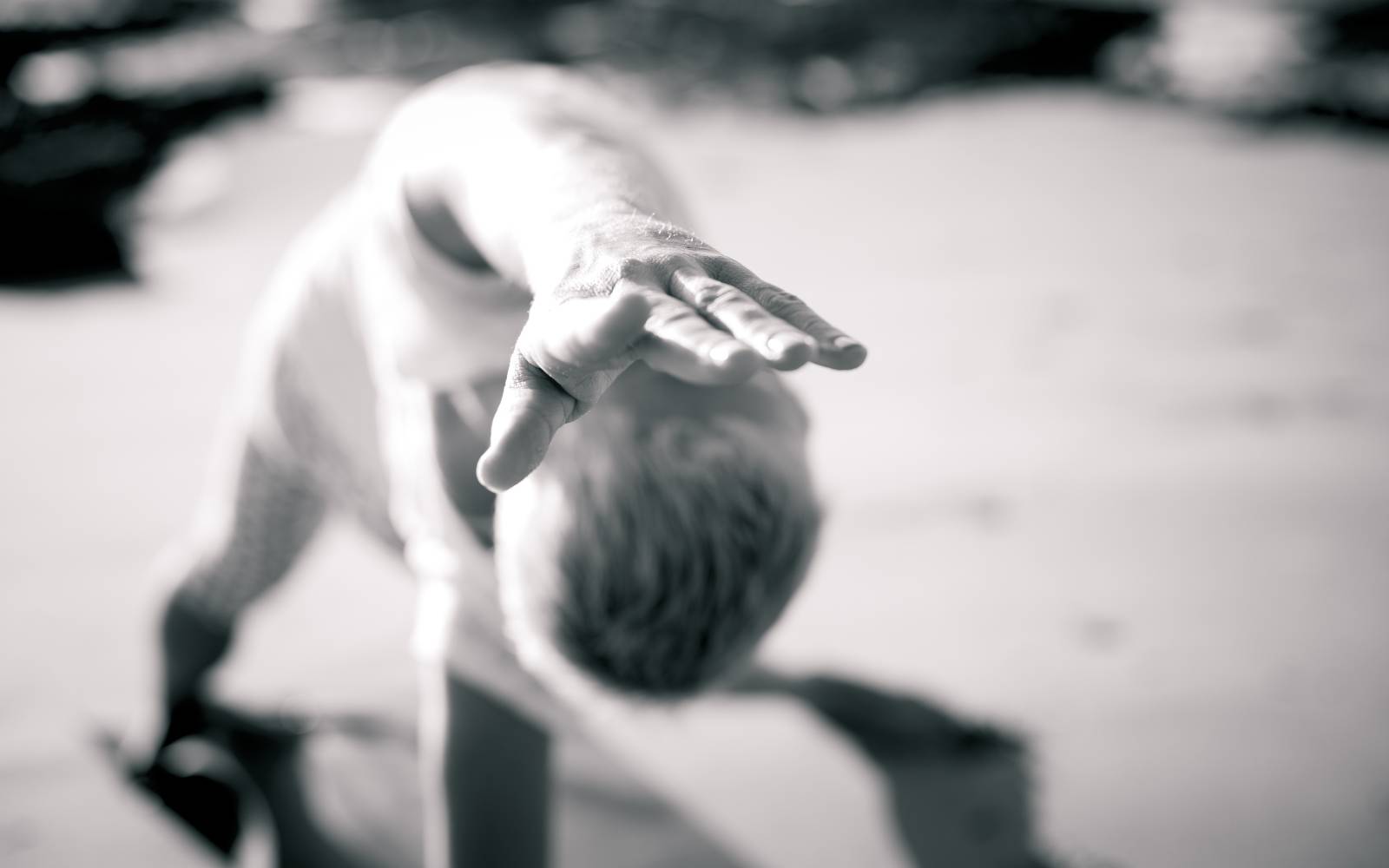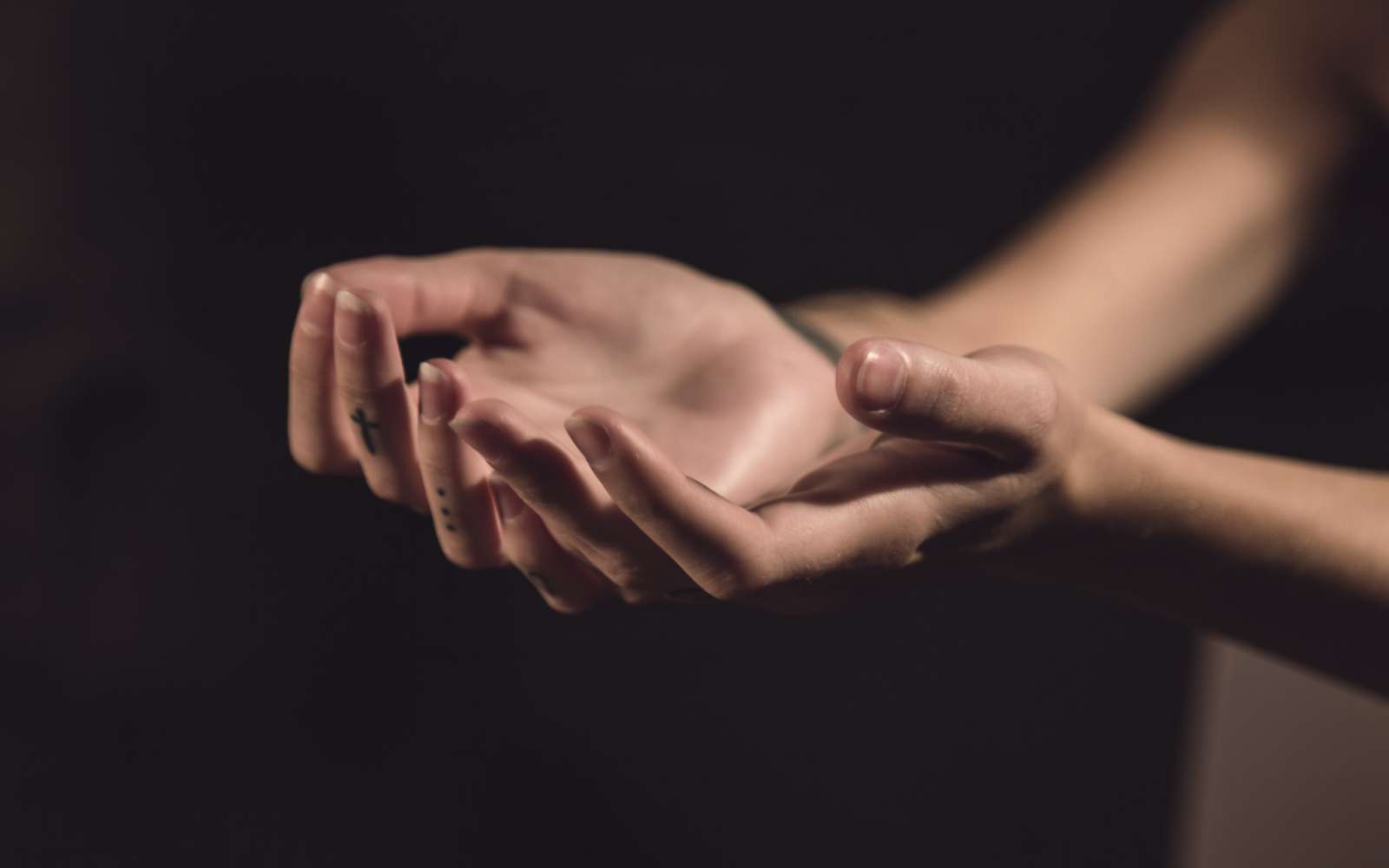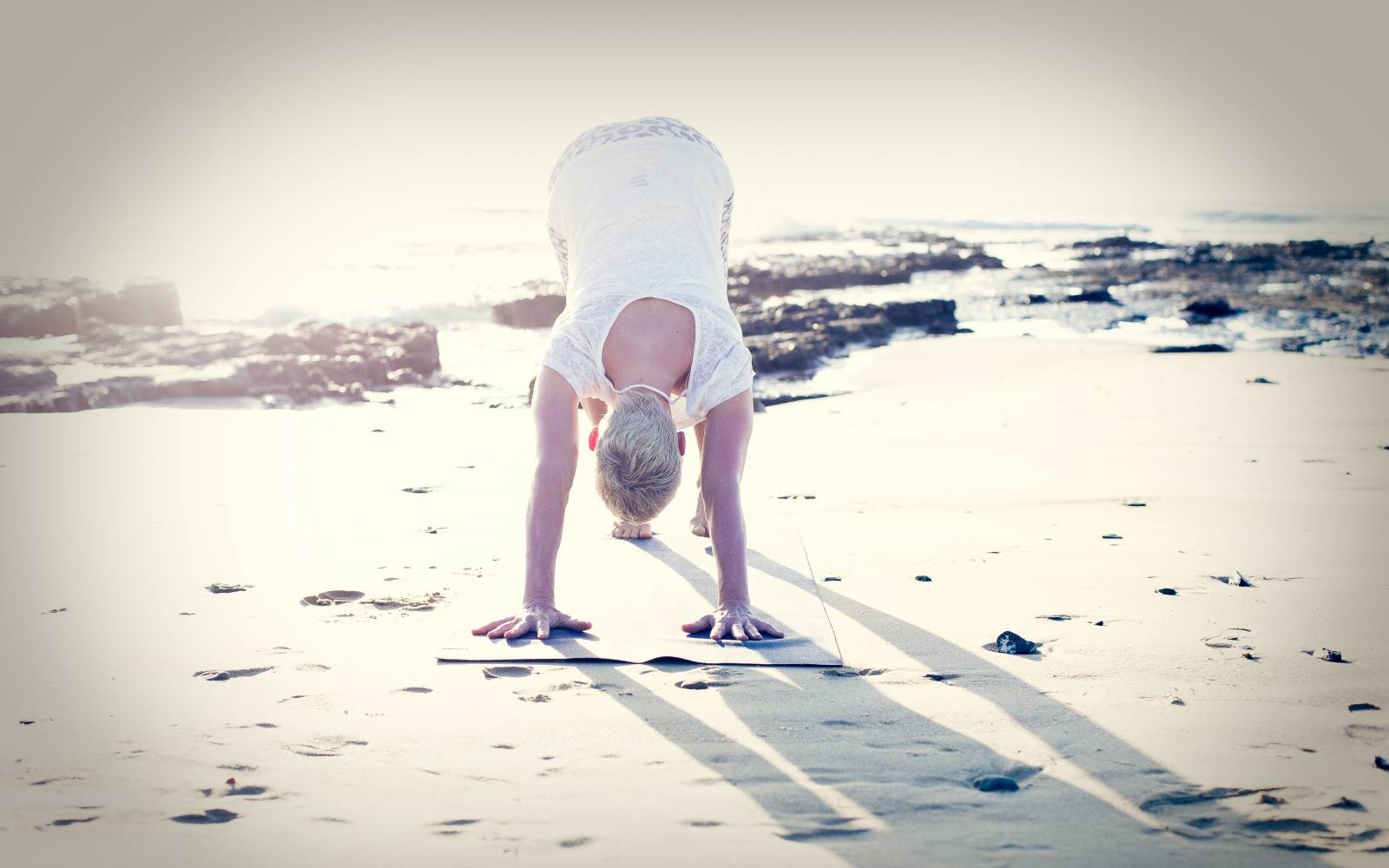Yogi Masters have quoted that ‘the Breath as an instrument will lead to the discovery of our life force’. This is fundamental to yogic practice, for yoga begins, as does life with the breath and in yoga, the breath is intrinsic to setting alight our vitality.
How we breathe, and the breath techniques used in yoga, can enhance our practice. Our relationship to our breath goes much deeper than just postural level, although that is significant too. To breathe freely and fully one has to breathe from the depths of our lungs to oxygenate the blood. Modern lifestyle and tension in our throats, chest and abdomen inhibits our breathing and we are limited to shallow breaths.
When we first become aware of our breathing on a conscious level, we often experience muscular resistance, feeling like there’s insufficient space to breathe into as this space is congested with the build up of tension and anxiety. When we breathe normally in our daily conditioned way, the air exchange is slow and inefficient. Through regular breath-work, a process of releasing our breath from these tensions and anxieties, the body is able to have more access to oxygen-rich air. This leads to higher levels of vitality and our breathing can be used to generate and harness energy effectively.
The breath is the key to opening the body, allowing our breath to guide us into each posture and movement. Through our yoga practice the breath is the essential element of this opening force. Breathing then becomes a powerful technique in yoga, and in using the full yogic breath it helps to improve our physical wellbeing.
As we become more conscious of our breathing it is important to observe whether the exhalation or inhalation is easier as it will vary from posture to posture. By giving it more attention we are then able to regulate our breath during the postures and adjust the over or under performance of our practice.
At times such as this we can use the breath as a compass to direct us between what is over-exertion or complacency. Our breath signals to us what is effortless effort, so by realigning our attention less on the muscles, and more on the power of the breath it helps calm our breathing and slows it down. The quality of our breath is more important than the amount of movement achieved, letting the breathing bring about clarity of mind and diminishing our anxiety. As our focus is placed on the breath, moving it into the various parts of the body, we learn to distinguish how far we can intensify a posture and when to rather give way and surrender to the struggle felt so that we can rebalance ourselves.
The breath is like a mirror, it reflects our personal states back to us. If one is emotionally stressed or mentally agitated, the breath will reflect this and will reveal itself as a lower quality of breath. So a vital element in allowing the breath to be of a beneficial quality is breath awareness. We all wish to invigorate and awaken our body and improve our wellbeing, and we can do so by harnessing our breath through attention and awareness.


